-
 The 1820 Settlers (Download)R100.00
The 1820 Settlers (Download)R100.00
The 1820 settlers were immigrants to the Cape Colony. Use this printable file folder project to learn all about their struggles in this new land.
- Historical background
- Why did the Settlers come to South Africa?
- The government’s proposal
- The settlement
- Settler homes
- The government’s real plan
- Settler struggles
- Settler Sunday schools
- Trading with the Xhosa
- Richard Gush – a settler hero
- The contribution of the settlers
- The Union Jack
- English surnames
- Settler ships
- South African English
Use this printable file folder project pack to enhance your children’s learning about the 1820 settlers and their struggles in their new land.
Since traditional theme book projects can be overwhelming for young children, we have created this printable file folder project. It includes reference information, instructions as well as the printable templates to make a series of mini-booklets on each sub-topic.
A mini-book project enables children to work with small bits of information that can then be arranged onto a file folder to create a complete project.

Sample of the completed 1820 settlers file folder project
This file folder project pack (or lapbook) is aimed at children aged 7-11 and can be adapted for multiple age levels, commonly found in the homeschooling situation. It could be used in a homeschool co-op group or a traditional school classroom situation too.
Ten Benefits of Using a File Folder
1. A file folder project will enable your children to work on and review key information about the topic being studied.
2. It will develop auditory and comprehension skills as well as the ability to search, sift and find answers in a written text.
3. The hands-on activities are fun and develop fine motor skills.
4. Children love to learn by doing!
5. The creative possibilities are endless. Children can be creative and add their unique touch to their projects.
6. File folder projects are ideal for multi-level learning.
7. Project packs can be incorporated into unit studies, supplement topics of study or stand alone.
8. A project gives the children a reason for writing and drawing.
9. File folder projects are compact and easy to store.
10. A file folder project can become part of a child’s portfolio of work and are a great tool for reviewing completed work.
BUY NOW
Sample Snippet from the printable lapbook project
Historical background
Europe
By the mid-1790’s Britain had become Europe’s greatest trading nation and the Dutch East India Company had lost its wealth and power.
In 1795, the French invaded Holland and laid claim to her overseas possessions.
In order to keep the Cape out of French hands, the British sent a squadron of ships to Cape Town, defeated the Dutch and took possession of the Cape. In 1800 the Dutch East India Company, old and corrupt, went bankrupt.
In 1802, after a treaty was signed between Britain and France, the British handed the Cape back, but since the Company was bankrupt, it was handed back to the government of Holland which had become The Batavian Republic.
However, the return to Dutch rule was short lived. With the French military leader, Napoleon running rampant at the time, Britain and France were at war again in 1806 and Britain once again sent a squadron of ships to seize the Cape to keep it from the French.
The Cape Colony remained in British hands until it was incorporated into the Union of South Africa in 1910 and South Africa became a republic in 1961.
Eastern Cape
The Xhosas had already occupied the area between the Bushmen’s River and the Great Fish River by the end of the 1700’s. They believed that the land belonged to the entire community, but then the Dutch trekkers arrived there and claimed the land as farms for their own use.
There had already been five wars, between 1779 and 1818, between the Xhosa people and the white farmers in the Eastern Cape, as a result of boundary disputes. The Dutch farmers knew that the land in this area was not suitable for cultivation, but better-suited for stock farming and yet they avoided it because of Xhosa cattle raiding.

However, the governor of the Cape, Lord Charles Somerset (left), planned an agricultural settlement there as a ‘buffer’ between the Xhosas and the Cape Colony. This would reduce the need for the military to maintain the frontier.
Since unemployment was a growing problem in Britain after the Napoleonic Wars, Lord Somerset’s scheme seemed to offer a solution to both the problems in the Cape and in Britain.
On 12 July 1819, the British government voted £50,000 for a scheme that would take as many people as possible to South Africa.
Why did the 1820 Settlers come to South Africa?
Push factors
- After the long wars against France, about 300 000 British soldiers and sailors were looking for employment. Children were used as labourers in factories and so unemployment among adults was growing.
- In the country, laws had been passed allowing wealthy landowners the right to fence off their land and charge people to use it for their animals and crops. Villagers now had to pay rent to the landowners or work for them.
Pull factors
- The government promised settlers their own farm in Africa.
- The idea of starting a new life in a new land held a romantic appeal to many who were struggling to make a living in Britain.It has been speculated that had the real reason behind the government’s plan been made known, that possibly much fewer settlers would have made the trip to Africa.
Purchase the 1820 Settlers
-
 The 1820 Settlers (Download)R100.00
The 1820 Settlers (Download)R100.00
More SA History Lapbooks
Buy more printable lapbook projects to enjoy as you learn about South Africa and the people and events that have played a significant role in the development of our country.
-
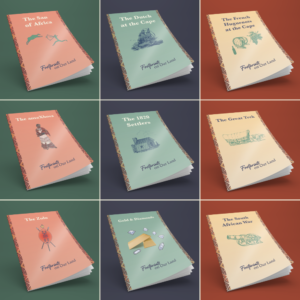 SA History Lapbook Bundle of 9 (Digital)R800.00
SA History Lapbook Bundle of 9 (Digital)R800.00 -
 The 1820 Settlers (Download)R100.00
The 1820 Settlers (Download)R100.00 -
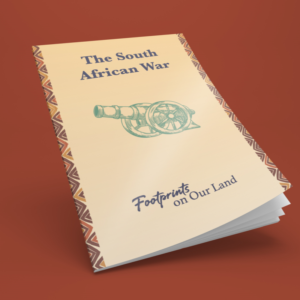 The South African War (Anglo Boer War)R100.00
The South African War (Anglo Boer War)R100.00 -
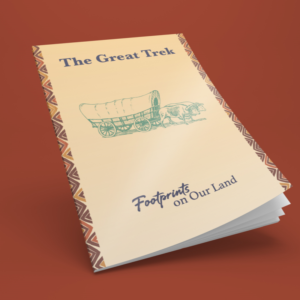 The Great Trek (Download)R100.00
The Great Trek (Download)R100.00 -
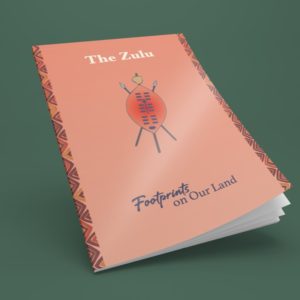 The Zulu (Download)R100.00
The Zulu (Download)R100.00 -
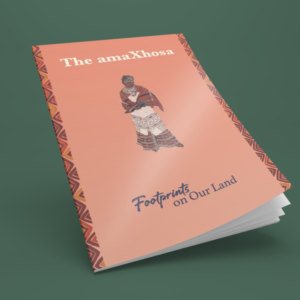 The Xhosa (Download)R100.00
The Xhosa (Download)R100.00 -
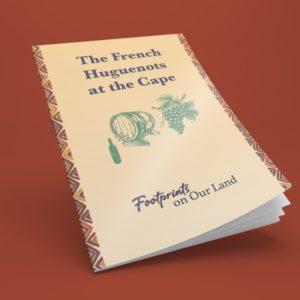 The French Huguenots at the Cape (Download)R100.00
The French Huguenots at the Cape (Download)R100.00 -
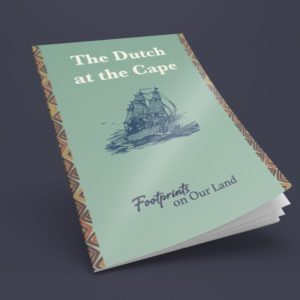 The Dutch at the Cape Lapbook (Download)R100.00
The Dutch at the Cape Lapbook (Download)R100.00 -
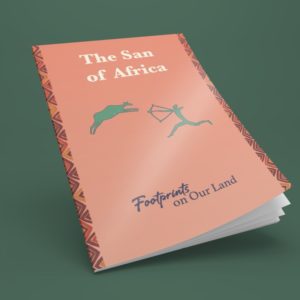 The San of Africa Lapbook (Download)R100.00
The San of Africa Lapbook (Download)R100.00 -
 SA History Lapbooks Bundle of 9 on CDR800.00
SA History Lapbooks Bundle of 9 on CDR800.00
